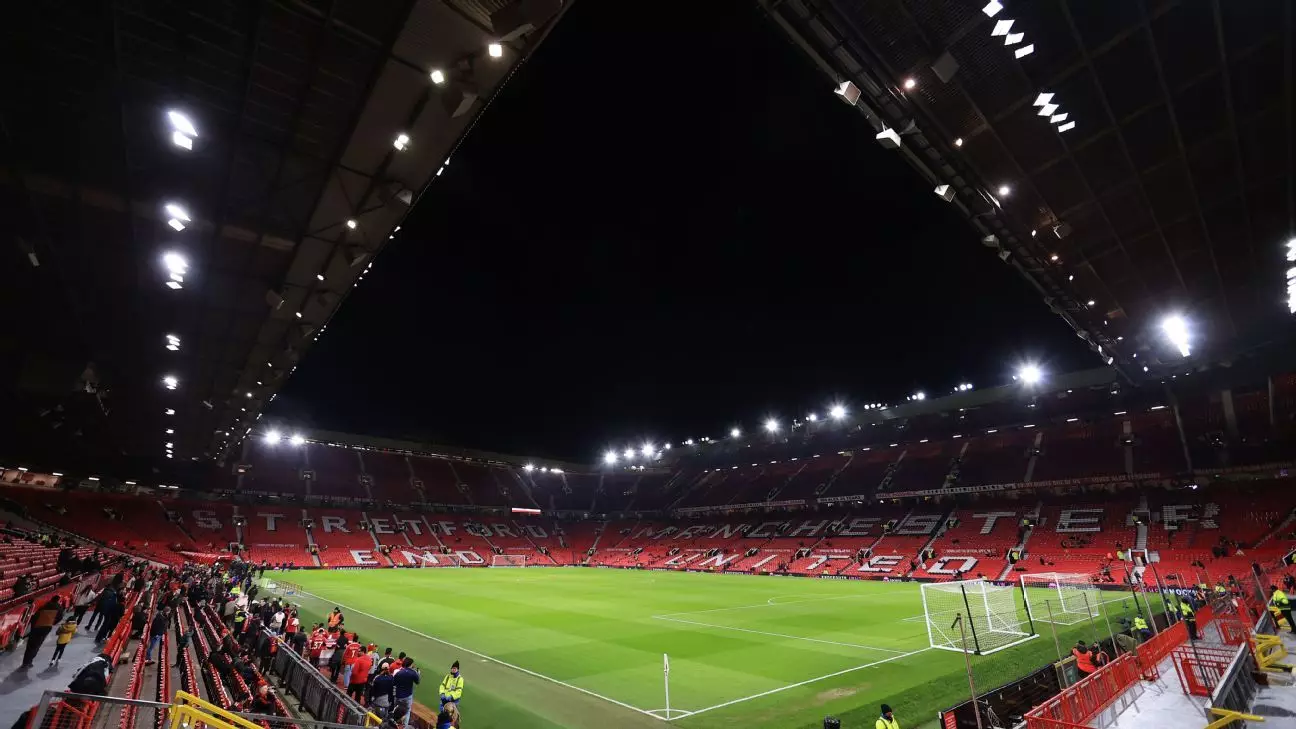Manchester United has set a timeline for a pivotal determination regarding the future of its iconic home, Old Trafford. Announced recently, the club plans to reveal whether it will pursue a redevelopment of Old Trafford or opt for a brand-new, state-of-the-art stadium with a proposed capacity of 100,000 seats by summer. This decision, initially expected by the end of 2024, has been expedited, hinting at the urgency and significance of the task at hand. The Old Trafford Regeneration Task Force has conducted extensive feasibility studies, assessing both options’ potential.
The findings of the Task Force indicated a clear divide between the two options at play: redevelopment of the existing stadium would cap capacity at 87,000, in contrast to a new stadium that could accommodate a much larger crowd. This 13,000-seat difference could alter the dynamics of match-day experiences, fan engagement, and revenue generation, ultimately influencing the club’s financial model. For a football club of Manchester United’s stature, accommodating as many supporters as possible is pivotal not only for match days but for creating an experience that aligns with the global branding of the organization.
In addition to capacity considerations, the prospect of a new venue extends beyond just numbers. A new stadium could be vital in modernizing the club’s infrastructure, creating a more versatile and technologically advanced environment that meets the expectations of today’s fans. The potential for enhanced amenities, better accessibility, and more sustainable design features are hallmarks of contemporary sports facilities that could reshape the experience for supporters.
The club is not merely looking at the quantifiable aspects of capacity; the broader implications for the local economy are equally compelling. The Task Force’s preliminary report suggests that the development could generate an enormous £7.3 billion in gross value added to the UK economy, alongside creating 90,000 new jobs. Such statistics underscore the project’s significance beyond football, presenting an opportunity for Trafford Park’s revitalization. This could ensure that the benefits of the stadium extend far beyond the pitch, fostering community development and strengthening local businesses.
Interestingly, Manchester United’s recent surveys indicate that more than half (52%) of their fans favor a new stadium, portraying a shifting sentiment among the supporter base. This data points to a crucial intersection between tradition and innovation within the club’s identity. For a team with a rich history, the decision to part with Old Trafford, steeped in heritage and memories, poses a challenge. The club must weigh its illustrious past against the promise of a revamped future, all while maintaining the loyalty and passion of its fanbase.
As Manchester United prepares to announce its course of action regarding the future of its stadium, one thing remains clear: the decision will reflect not only on the club’s immediate future but also on its long-term vision in an ever-evolving football landscape. Fans, stakeholders, and the local community alike are eagerly awaiting what could be a defining moment in the club’s history, one that balances preserving tradition with embracing modernity.
